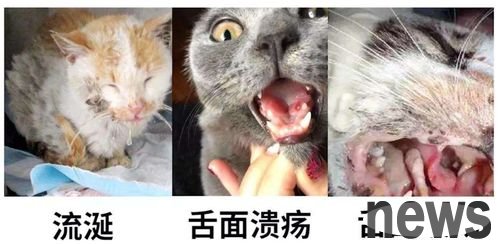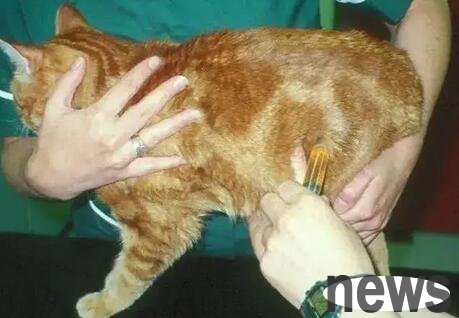Case information
Breed: English Short Age: 11 months Age
Gender: Male Whether sterilization: No

Harmone rate: 150 beats/min Body temperature: 38.2
Immune: Yes Mental state is still possible
Diagnosis
Combined with the life history and symptoms of the cat, the initial diagnosis was urinary atresia, the reason is not clear
Treatment
Because the cat has a good mental state and is overfilled with bladder, emergency catheterization is taken. About 60ml of urine was derived, turbid, light red, accompanied by a large amount of silt substances, oral anti-inflammatory drugs and urinary and diarrhea, and no follow-up visit was found. I learned that I was in good spirits, normal diet, and difficulty in urination.
It is recommended to continue to anti-inflammatory and take prescription food for sterilization. If there is continuous difficulty in urination or stubborn attack, urethral surgery is required. Summary and reflections
1. Cat lower urinary tract syndrome, this syndrome is referred to as FLUTD. It is common in clinical practice to urinate caused by urethral blockage caused by stones, urinary crystals or urethral catheter type. Cats will experience frequent urination, difficulty in urination, hematuria, etc. Urinary closure occurs when the urethra is completely blocked. Palpation allows palpation of the bladder filled with urine. If severe cases are not treated in time, secondary bladder rupture, peritonitis, renal failure and even death may occur. If the urethral blockage is not resolved within 36-48 hours, typical postrenal azotemia may occur, including anorexia, vomiting, dehydration, weakness, and even coma. Acidosis may also cause rapid breathing or bradycardia, and may die suddenly.
2. The causes include genetics, food, physique, environment, drinking water, disease, infection, etc.

Catheterization operation
1. Prepare items: sterilized gloves; sterilized lubricant; sterilized saline; suitable catheter (male cat catheter with an opening at the end, usually a polypropylene catheter)
2. Operation method: The cat lies on its side or on its back (if necessary, calm the cat → push the penis backward, and at the same time pinch the foreskin and push it to the side of the head to make the penis protrude. → Keep it protruding, pinch the foreskin tightly at the base of the penis, and control the penis. → gently rinse the penis with antibacterial solution, and then rinse the antibacterial solution with normal saline. → Straighten the penis backwards so that the long axis of the urethra of the penis is parallel to the spine, so as to reduce the natural bend of the urethra and facilitate the insertion of the urethra. → Lubricant lubricate the catheter head → Gently exit the head of the urethra into the urethra opening and continue to move forward and insert it into the bladder cavity → If resistance is encountered, you can flush the urethra opening with sterilized saline (note: it will change the urine test result). If the urethra opening is severely obstructed and cannot be introduced normally with the catheter, you can use a 5ml syringe to fill with saline and connect the indwelling needle hose for flushing. Water injection method: in, in, in, in, in, in, withdraw, and remove methods to flush the urethra opening obstruction.